Fire Fundamentals
Bushfires and prescribed fire
A prescribed fire is a planned fire used as a tool for fire management. Prescribed burns aim to reduce fuel for future bushfires. A bushfire is an unpredictable and often difficult to control fire that burns through bushland.
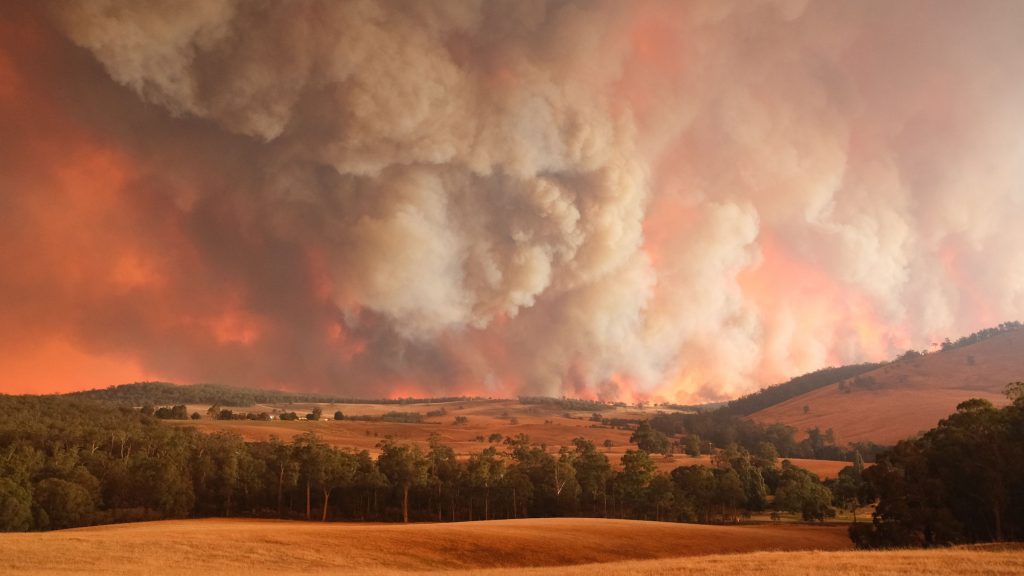
Ignition sources
People are responsible for many fires in the Australian landscape. Modern anthropogenic fires in Australia may be prescribed fires, accidental fires or fires started by arson. Some fires are caused by problems with electrical transmission lines. Many wildfires can be caused by lightning. If a prescribed burn ‘escapes’ and becomes uncontrolled, it can become a bushfire.
Fire regimes
Fire behavior varies depending on the type, season, intensity and frequency of fire in a given area over a period of time.
Fire type: Bushfires tend to burn hotter (with greater intensity) than prescribed fires.
Season of fire: Dry season fires (hot dry summer in the southern part of Australia; winter dry seasons in the tropics) will burn with higher intensity and greater extent than wet season fires. Dry season fires are very difficult to control and prescribed burns are often avoided in the driest part of the season.
Fire intensity: some fires burn with greater intensity than others. The intensity of a fire may be related to the fuel type, the season, the weather conditions leading up to the day and also slope and elevation.
Frequency: The number of fires that have occurred at a particular location will influence the nature of subsequent fires. The effect of past fire frequency on the current fire depends largely on the vegetation type.
Time since previous fire: How much time has elapsed since the previous fire also affects the nature of the current fire, and its effect is also dependent on vegetation type.
Fire Weather
A hot, dry and windy day which has been preceded by several days of hot, dry weather with strong, drying winds is a day on which wildfire can be expected to occur. This is especially the case where dry (without rain) lightning storms occur. Prescribed burns are not carried out in such conditions, as fires are difficult to control. Weather conditions affect fire intensity and extent.
Landscape and fuel
Fuel type and quantity in an area can play an important role in determining as fire intensity. Fuels vary in their structural form, size (fine or coarse), and spatial arrangement (surface or elevated). The moisture content of the fuel is the determining factor for ignition and spread of wildfire. Prescribed burning involves careful monitoring of fuel moisture content prior to ignition.
The vegetation type, previous fire frequency and time since fire all affect the amount of fuel present. Fuel reduction burns and other forms of fuel removal are carried out in areas near human assets prior to the wildfire season as a fire prevention strategy.
Back to the ecology theme overview
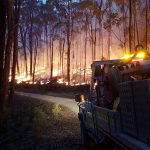
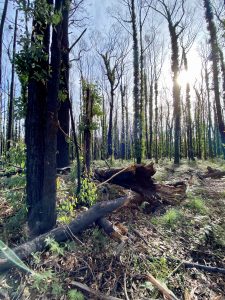
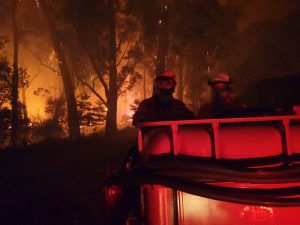
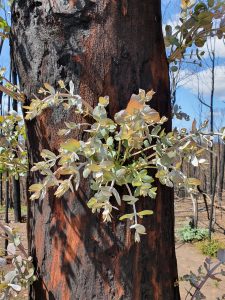
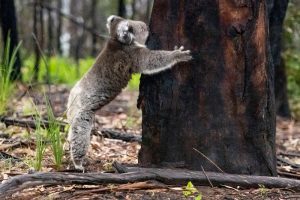
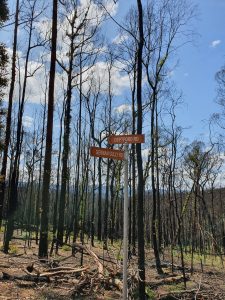
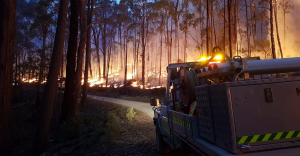

1 Comment
I didn’t know that some fires tend to burn with more significant intensity compared to other fires. My brother wants to become a fire warden this year. He should learn about different kinds of fires so that he can stay safe when he starts working.
https://www.fireprotectionservices.com.au/training